Introduction
The article explores the importance of integration in today's digital landscape and provides insights, examples, and practical guides to help businesses achieve seamless application integration. From understanding the role of Enterprise Service Bus (ESB) and APIs in connecting applications to prioritizing mobile user experience (UX) and leveraging CI/CD for efficient deployment, this article covers various aspects of application integration.
It also delves into specific integration scenarios, such as Keycloak with Angular application and using SCIM for user and group provisioning. Additionally, the article highlights resources like Salesforce integration guides, Informatica University Success Academy videos, and application integration samples on GitHub, offering valuable tools and knowledge to streamline the integration process.
Understanding the Importance of Integration
The journey to robust application integration often begins with a reflective question: What brought us here? In large companies, this introspection reveals a common oversight—the lack of a cohesive design strategy among applications.
Despite their inherent interconnectivity, applications frequently appear to have been developed in isolation, betraying a missing piece of long-term vision. This realization underscores the importance of understanding the role of an Enterprise Service Bus (ESB), which acts as a central hub for integrating disparate applications and facilitating communication between them.
APIs, or Application Programming Interfaces, are the linchpin of modern software architecture, serving as the translators that enable different software programs to converse fluently. Their significance is magnified in an era where big data and emerging technologies are at the forefront, making APIs more vital than ever.
They are the "crown jewel of software development," as Google puts it, empowering developers to create sophisticated, interconnected applications that cater to the needs of various stakeholders. It's not just about the technology, though.
As one industry leader puts it, "IT'S THE PEOPLE. People are the foundation of any company's success." This belief is echoed in the intentional recruitment of diverse talents, which brings a wealth of perspectives and innovation, fostering an environment where great people and great technology thrive together. Furthermore, the critical nature of mobile user experience (UX) cannot be overstated. Statistics reveal a stark reality: over 50% of users dismiss brands with poorly designed mobile sites, and sites that load in two seconds or less see a 15% higher conversion rate. With mobile traffic accounting for nearly half of all website visits, and 79% of users in the US more likely to return to an easy-to-use mobile site, the message is clear—integration strategies must prioritize mobile UX to engage and retain customers effectively.
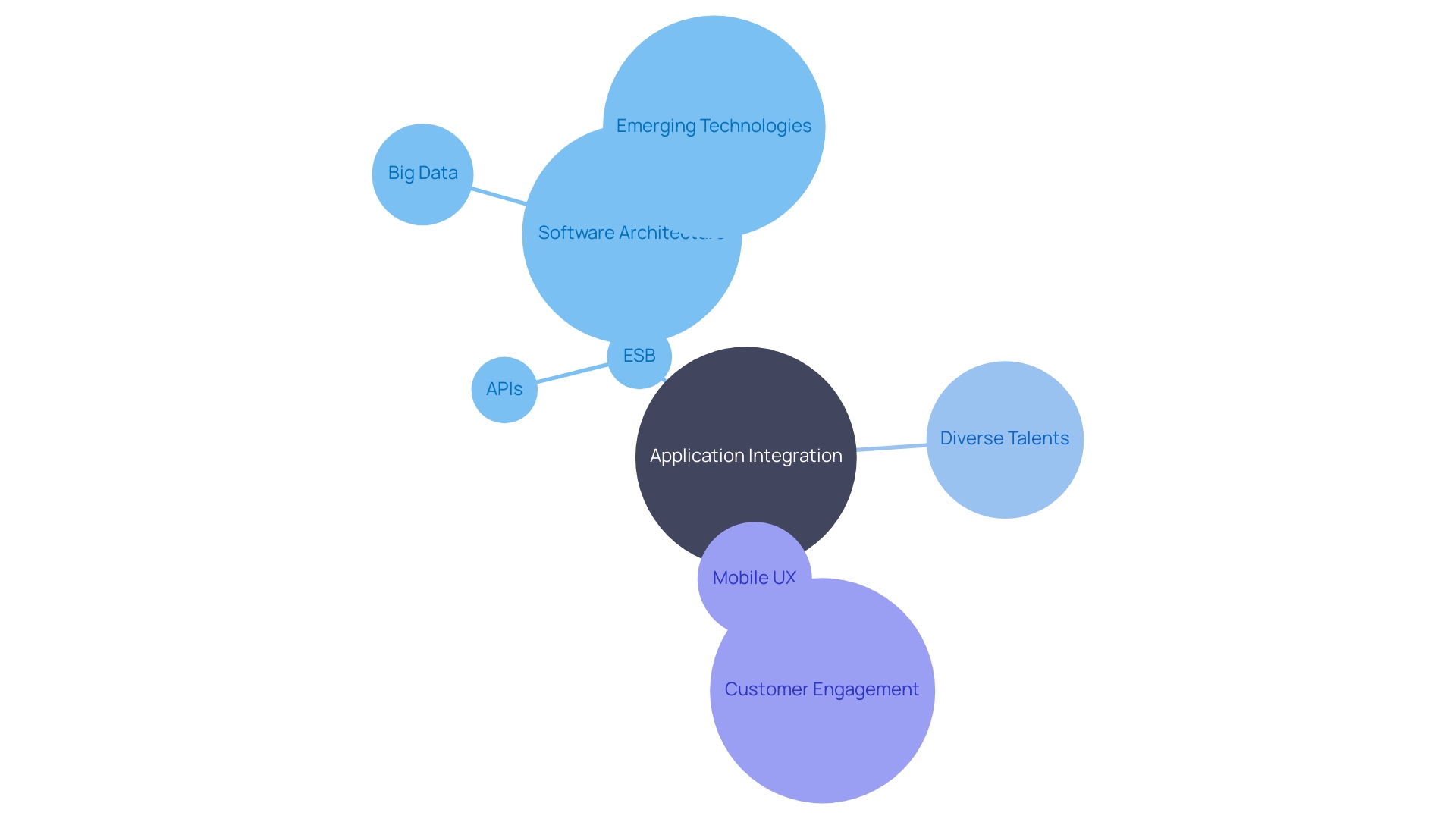
Real-World Examples of Application Integration
Application integration is a critical component in today's digital economy, where seamless interactions between various systems can significantly enhance business efficiency and customer satisfaction. For instance, integrating an e-commerce platform with an inventory management system ensures real-time synchronization of product availability, directly impacting sales and customer experience. As per a Salesforce survey, 69% of customers expect businesses to offer convenient, informed purchase decisions, which can only be achieved through enriched, real-time data from interconnected sources.
Furthermore, the fusion of CRM and marketing automation platforms enables businesses to harmonize sales and marketing strategies, leveraging customer data to tailor marketing efforts. This integration is essential as it allows businesses to track customer interactions and personalize campaigns, ultimately fostering a more engaging customer journey. Payment gateway integration with an e-commerce platform is another example of application integration that is pivotal for secure transaction processing and providing customers with a frictionless checkout experience.
This integration underscores the importance of APIs—the building blocks of modern software development—described by Google as the 'crown jewel of software development.' APIs are the translators that enable different software programs to communicate, creating a foundation for innovative applications. The significance of APIs is echoed in the industry, where they are increasingly recognized for their role in fostering collaboration and innovation among developers and stakeholders.
This collaborative environment is crucial for addressing modern challenges and ensuring that applications work cohesively, as noted by experts who have observed a lack of long-term vision in application design. In the context of inventory management, the traditional MRP systems have proven inadequate during periods of disruption. The rigid nature of these systems has led businesses to consider investing in new, cloud-based technology capable of handling volatility, further emphasizing the need for agile and responsive application integration in today's dynamic market landscape.
Step-by-Step Guide to Integrating Keycloak with Angular Application
To seamlessly integrate Keycloak with an Angular application, you'll be tapping into Keycloak's robust capabilities for secure user authentication and authorization. Start by setting up Keycloak on your server to lay the groundwork for a secure environment. Then, create a Keycloak Realm, which acts as a dedicated space where your application's security protocols are defined and managed.
Next, configure your Angular application to communicate with Keycloak. This involves adding the necessary dependencies and setting up the authentication flow to ensure that your application can properly handle user login requests. The core of the integration lies in implementing user authentication, a process that verifies the identity of a user.
In the security realm, authentication is crucial as it answers the pivotal question, 'Are you who you say you are?' Typically, this involves a username and password, which the system checks against its records to confirm the user's identity. Following authentication, you'll establish role-based access control (RBAC) within Keycloak to manage user permissions effectively.
This step ensures that users can only access the features and data they are authorized to, thereby maintaining the integrity and security of your application. Finally, rigorously test the integration to ensure everything functions correctly and then deploy your Angular application. With Keycloak integration, you are not only enhancing the security but also streamlining the user experience by providing a seamless authentication and authorization process.
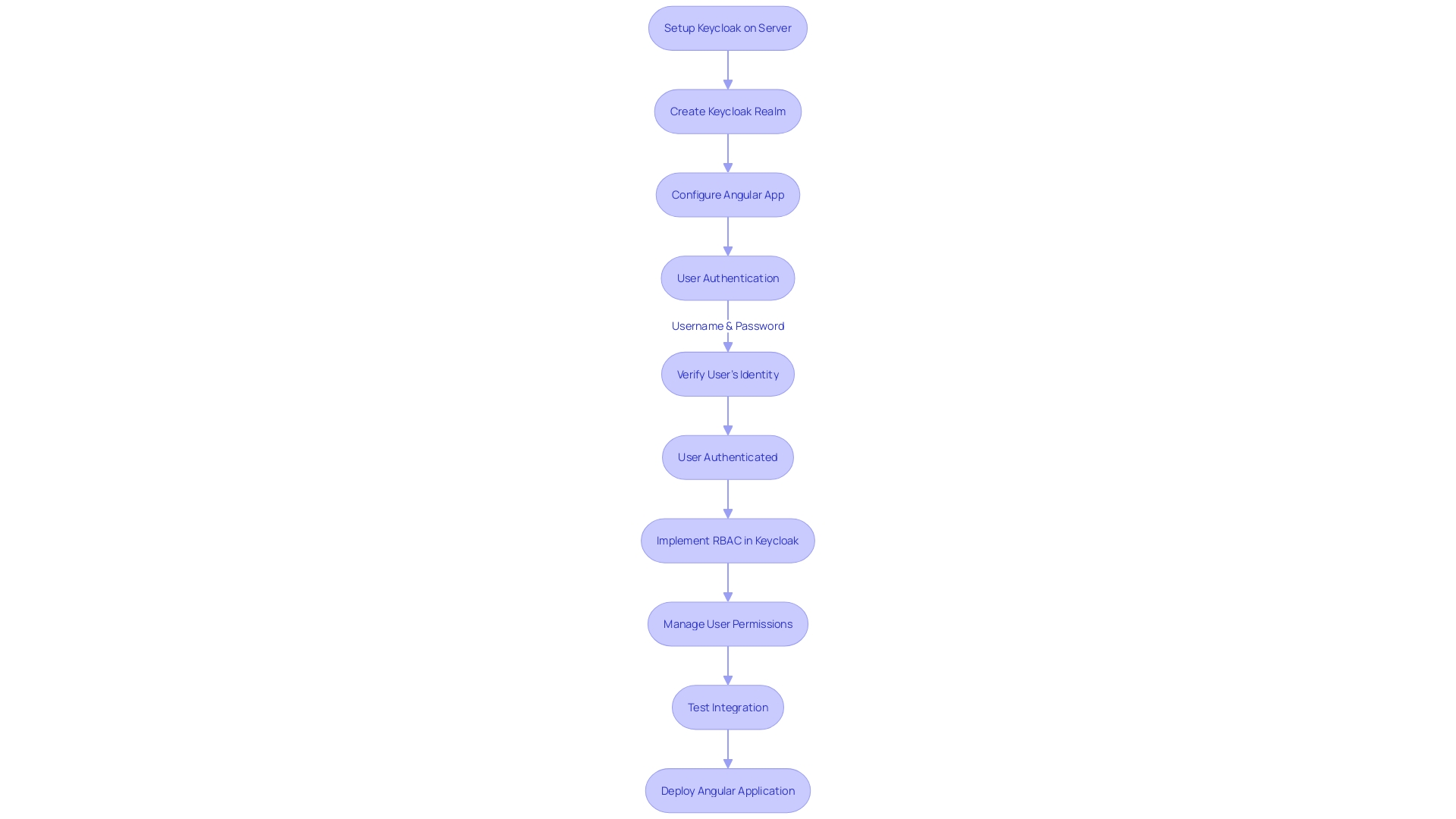
Using SCIM for User and Group Provisioning
System for Cross-domain Identity Management (SCIM) is a standardized protocol that simplifies user and group provisioning in applications. It allows for easy synchronization of user and group information across different systems, making it an ideal choice for application integration.
Here's how you can use SCIM for user and group provisioning:1. Implement SCIM Server: Set up a SCIM server that will act as the central authority for user and group management.
-
Configure SCIM Endpoints: Define the necessary endpoints and mappings in your applications to communicate with the SCIM server.
-
Perform User Provisioning: Use the SCIM protocol to create, update, and delete user accounts across integrated systems. 4. Manage Group Memberships: Use the SCIM protocol to manage group memberships and assign users to different groups. By utilizing SCIM for user and group provisioning, you can simplify the management of user accounts and groups across your integrated applications.
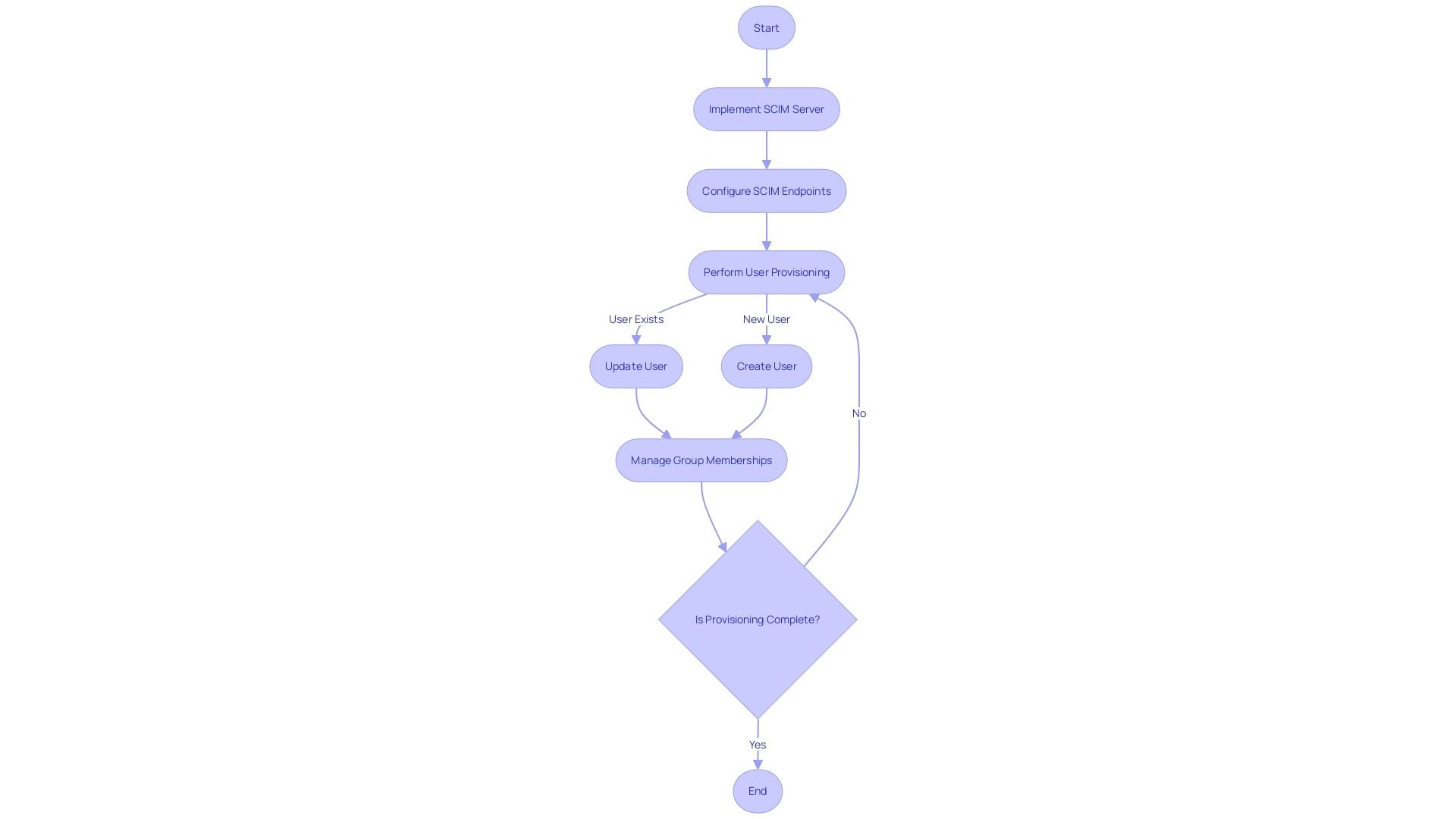
CI/CD for Application Integration Tutorial
Implementing Continuous Integration and Continuous Deployment (CI/CD) can significantly streamline the application integration process. By automating the steps from code changes to production deployment, CI/CD ensures rapid delivery of high-quality software. Here are the steps to harness CI/CD for your application integration:
1.
Initiate Version Control: Adopt a system like Git to manage and track changes in your application's source code. 2. Construct a CI/CD Pipeline: Employ tools such as Jenkins or GitLab CI/CD to create a pipeline that automates the software delivery process.
- Automate the Build Process: Configure the pipeline to initiate automatic builds upon new commits to the version control system, ensuring immediate feedback on integration success. 4.
Incorporate Automated Testing: Embed automated testing within the pipeline to validate the quality and functionality of the application after each change. 5. Automate Deployment: Set up the pipeline for automatic deployment of the application to production, facilitating a consistent and reliable release process.
By integrating these steps into your workflow, you can achieve a more efficient, error-free deployment process, just like the dynamic real estate platform HalloCasa, which leveraged AWS expertise to develop a powerful product. Similarly, developers working with multiple relational database management systems can benefit from CI/CD by automating the comparison of code across different versions. CI/CD not only reduces the time-consuming nature of app development but also reinforces the principles of continuous delivery by automating app-development stages and enabling a faster, more reliable software release cycle.
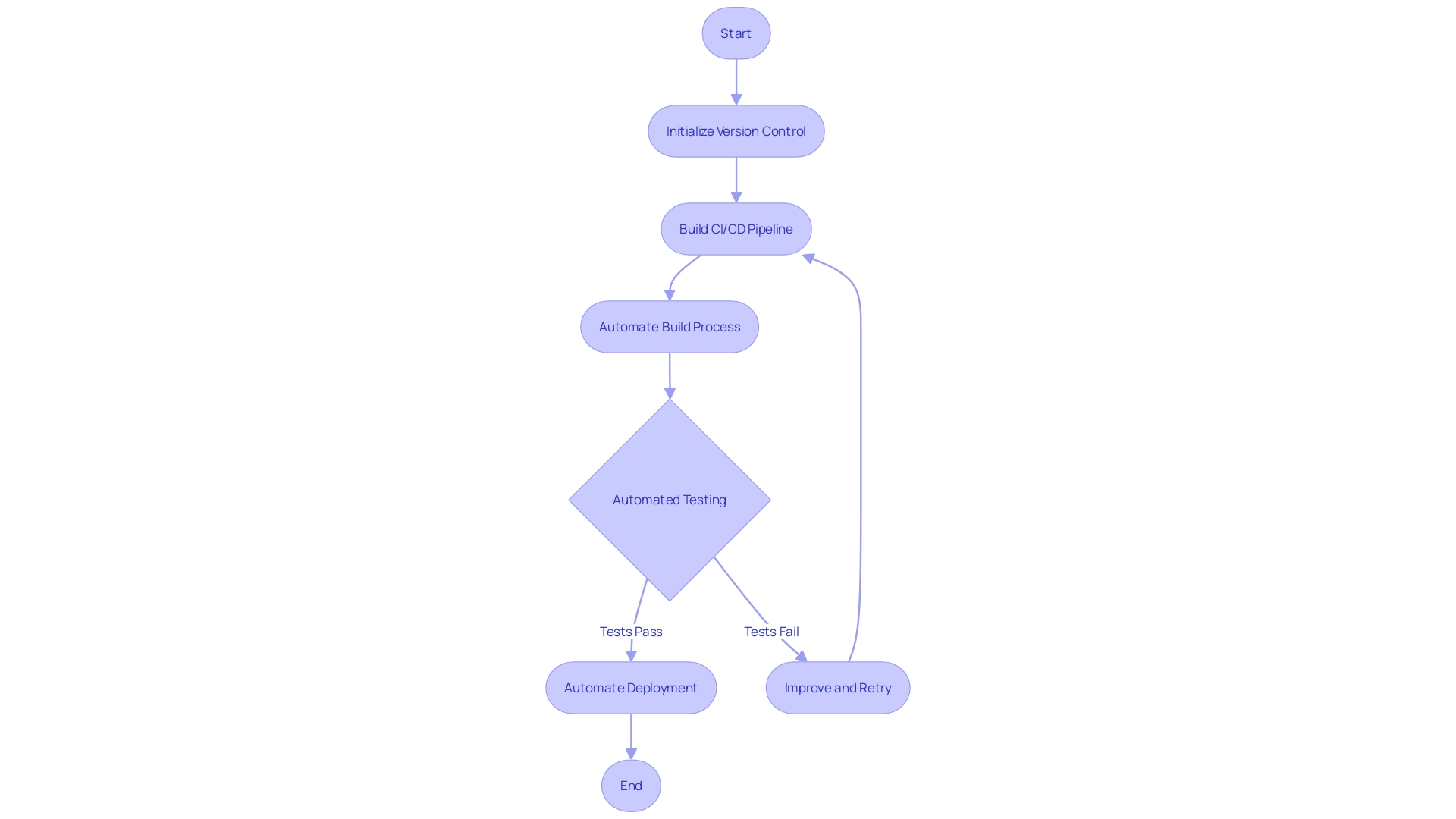
Salesforce Integration Guide
Salesforce is a powerful CRM platform that can be integrated with various applications to streamline sales and customer management processes. Here's a guide on how to integrate Salesforce with other applications:1.
Identify Integration Requirements: Determine the specific integration requirements, such as data synchronization, lead management, or customer support integration. 2.
Explore Salesforce Integration Options: Salesforce provides various integration options, including pre-built connectors, APIs, and middleware solutions. Choose the option that best suits your integration needs.
-
Configure Integration: Configure the integration by setting up connections, mapping data fields, and defining workflows.
-
Test and Validate: Test the integration thoroughly to ensure data consistency and verify that the integration meets your business requirements. 5. Monitor and Maintain: Regularly monitor the integration to identify any issues or performance issues and make necessary adjustments. By following this guide, you can leverage Salesforce's capabilities and integrate it seamlessly with other applications to enhance your sales and customer management processes.
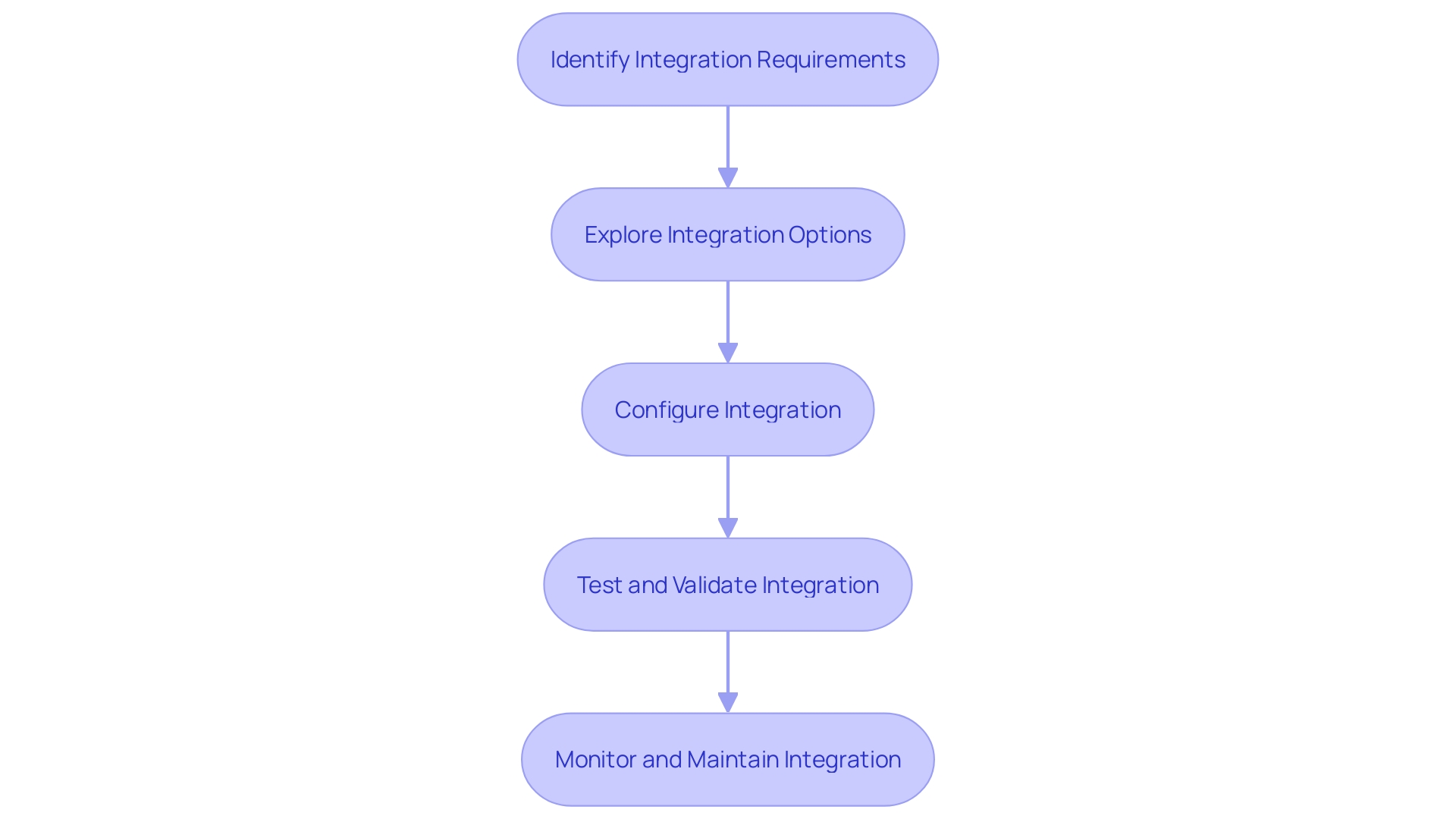
Informatica University Success Academy Videos for Cloud Application Integration
Informatica University Success Academy offers a series of informative videos that provide guidance on cloud application integration. These videos cover a wide range of topics, including:1. Introduction to Cloud Application Integration: Learn the basics of cloud application integration and understand its importance in the modern business landscape.
- Integration Patterns and Best Practices: Explore different integration patterns and best practices to ensure successful integration of cloud applications. 3.
API Management: Understand the role of API management in cloud application integration and learn how to design and manage APIs effectively. 4. Data Integration and Synchronization: Discover techniques for integrating and synchronizing data between cloud applications.
- Security and Governance: Learn about security and governance considerations in cloud application integration and how to mitigate risks. By watching these videos, you can gain valuable insights into cloud application integration and enhance your knowledge and skills in this area.
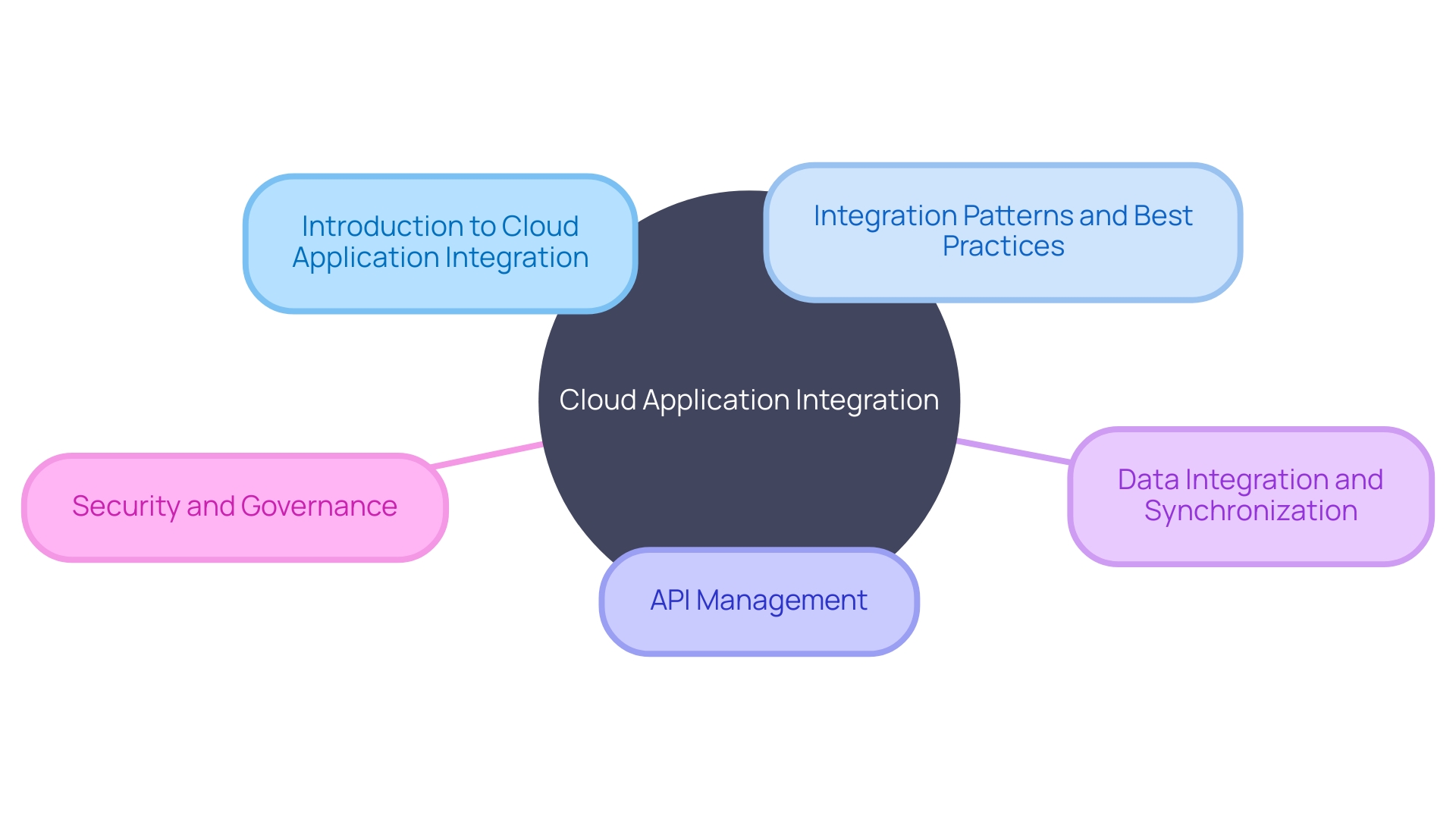
Application Integration Samples on GitHub
For developers seeking to streamline their workflow through application integration, GitHub presents an invaluable treasure trove of examples. These repositories not only offer code snippets but also libraries and frameworks designed to bridge the gap between disparate software systems.
Consider the Integration-Samples repository, which is a compendium of integration patterns suitable for cloud services, web applications, and database connections. It's akin to having a Swiss Army knife for integration challenges.
In the realm of API connectivity, the API-Integration-Samples repository is a goldmine. It houses examples for a seamless connection with widely-used APIs like Google Maps and social media giants Twitter and Facebook.
These samples are more than just code; they represent a guiding light for navigating the complexities of API integrations. For those operating at the enterprise level, the Enterprise-Integration-Samples repository is a beacon of hope.
It provides robust samples for integrating complex systems, middleware, and databases, ensuring that large-scale operations run smoothly. Moreover, understanding the difficulties faced in extracting information from unstructured formats, such as PDFs, these resources can be instrumental. By leveraging repositories like these, developers can bypass the tedious process of manual data extraction, instead focusing on the automation of data retrieval and analysis. This is particularly crucial when dealing with information that is not only textual but also laden with graphical elements that convey critical data. Echoing the insights from Idan Gazit, Senior Director of Research for GitHub Next, the future of software development hinges on the creative utilization of natural language. GitHub's repositories embody this vision, offering solutions that empower developers to articulate their requirements in natural language and receive the desired outputs, simplifying complex problem-solving and fostering innovation in the development community.
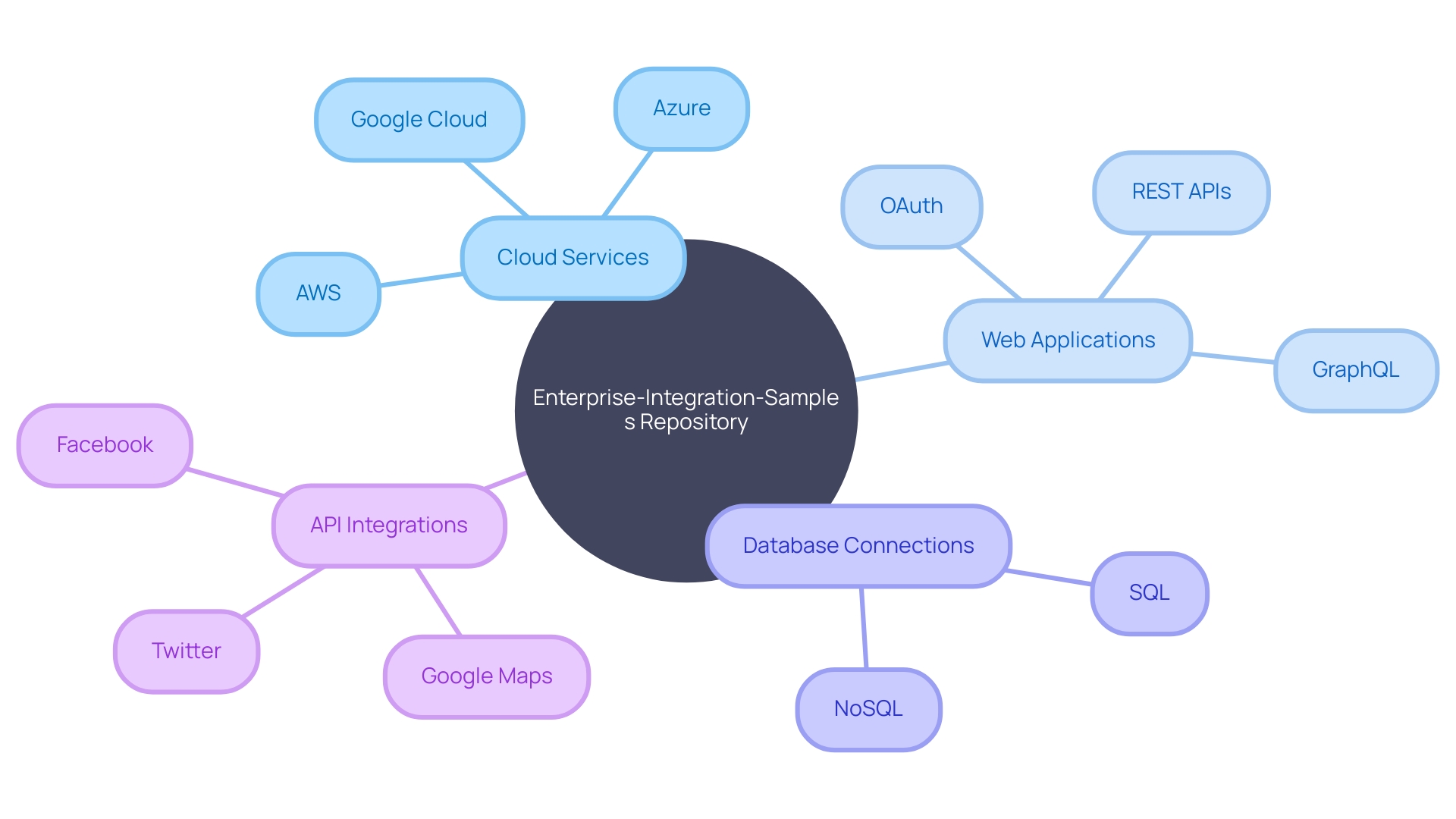
Conclusion
In conclusion, this article highlights the importance of integration in today's digital landscape and provides valuable insights and practical guides to help businesses achieve seamless application integration. It emphasizes the role of Enterprise Service Bus (ESB) and APIs in connecting applications, as well as the significance of prioritizing mobile user experience (UX) to engage customers effectively.
The article also delves into real-world examples of application integration, such as integrating e-commerce platforms with inventory management systems and harmonizing CRM and marketing automation platforms. It showcases the pivotal role of APIs in fostering collaboration and innovation among developers and stakeholders.
Furthermore, the article provides step-by-step guides on integrating Keycloak with Angular applications, using SCIM for user and group provisioning, and harnessing CI/CD for efficient deployment. These practical guides offer actionable insights to streamline the integration process and enhance security and user experience.
Additionally, the article highlights resources like Salesforce integration guides, Informatica University Success Academy videos, and application integration samples on GitHub. These resources provide valuable tools and knowledge to further support businesses in their integration journey. In today's fast-paced digital economy, successful application integration is crucial for enhancing business efficiency and customer satisfaction. By following the insights and recommendations shared in this article, businesses can navigate the complexities of integration, leverage emerging technologies, and create sophisticated interconnected applications that cater to the needs of various stakeholders. Ultimately, embracing a strategic approach to application integration will empower companies to thrive in a rapidly evolving digital landscape where seamless interactions between systems are paramount.





